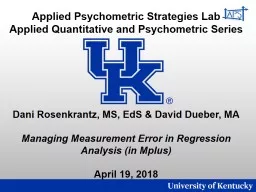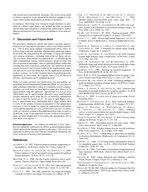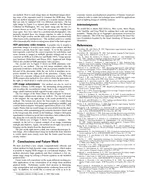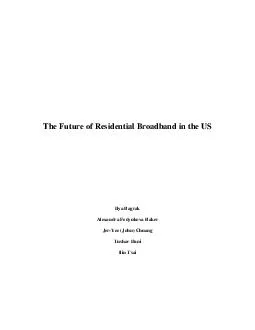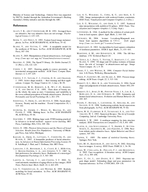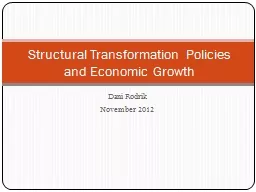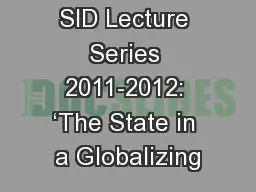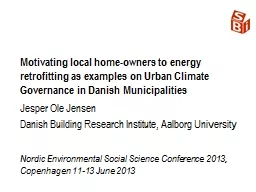PPT-Dani Rosenkrantz , MS,
Author : natalia-silvester | Published Date : 2018-12-21
EdS amp David Dueber MA Managing Measurement Error in Regression Analysis in Mplus April 19 2018 Applied Psychometric Strategies Lab Applied Quantitative and
Presentation Embed Code
Download Presentation
Download Presentation The PPT/PDF document "Dani Rosenkrantz , MS," is the property of its rightful owner. Permission is granted to download and print the materials on this website for personal, non-commercial use only, and to display it on your personal computer provided you do not modify the materials and that you retain all copyright notices contained in the materials. By downloading content from our website, you accept the terms of this agreement.
Dani Rosenkrantz , MS,: Transcript
Download Rules Of Document
"Dani Rosenkrantz , MS,"The content belongs to its owner. You may download and print it for personal use, without modification, and keep all copyright notices. By downloading, you agree to these terms.
Related Documents

